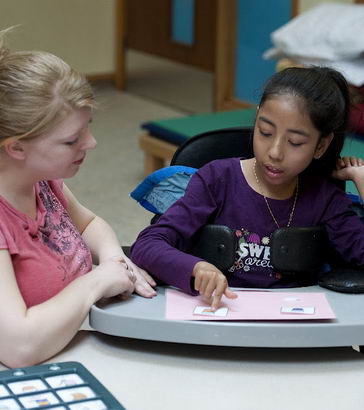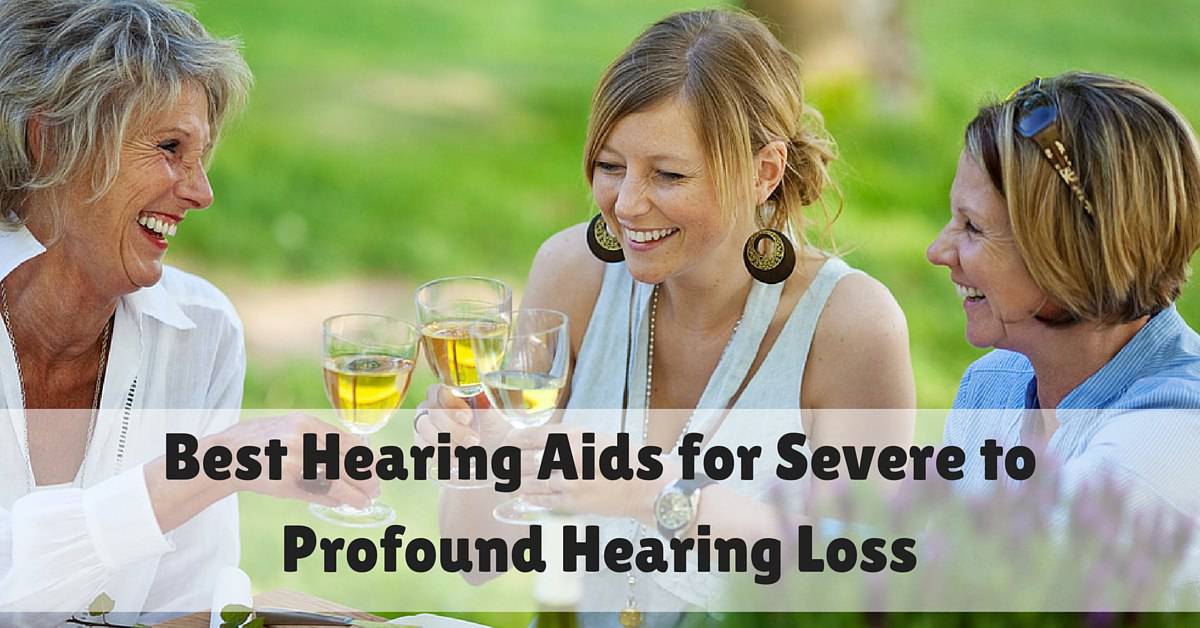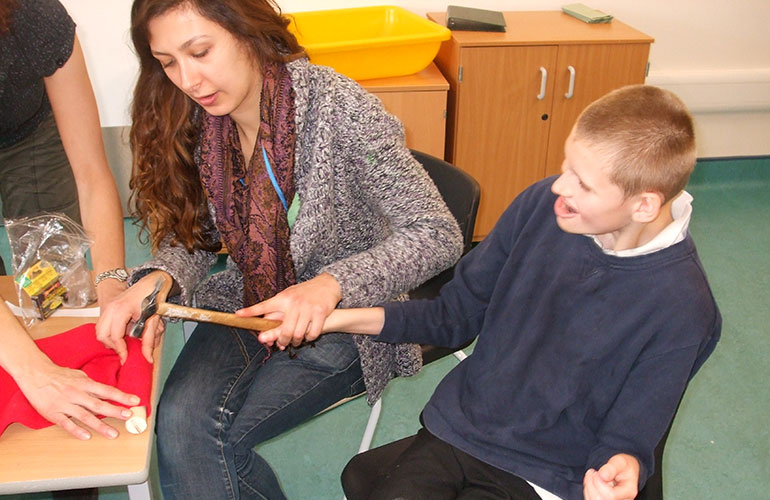
Introduction: Therapy results after distal radius fractures (DRF) especially with older patients are often suboptimal. Study Design: A randomized, single-blinded controlled trial. Mental training supplemented by mirror therapy can be regarded as a promising therapy component in orthopaedic rehabilitation.

All secondary outcomes did not differ signficantly between the groups.Ĭonclusion: The study supports the hypothesis that patients who exercise mentally and with the mirror perform better with regard to the criterion of flexion.

Results: With regard to the main criterion of flexion, the EG attained values that were significantly higher than those of the CG. In the investigation, which was carried out with a five-fold repetition of measuring, the criteria surveyed were, among others, exion, gait parameters, physical function/symptoms, and the degree of coping with the disease. The control group (CG) completed the same exercises physically. After the surgery, the experimental group (EG) conducted physiotherapeutic exercises mentally and with the mirror. Methods: The therapeutic process of 40 patients (M = 62.54 years, SD = 9.64) was monitored over half a year. The primary aim was to improve the range of motion in the patients’ knee flexion. The effectiveness of this program was investigated within a randomized-controlled intervention study. Accordingly, a mental training program supplemented by mirror visual feedback (action observation in a sagittal positioned mirror) added to the traditional rehabilitation program of the clinic was developed for patients with implanted total knee endoprosthesis. Mental practice is supposed to stimulate neurological representations of movements (understood as the theory of functional equivalence of motor imagery and motor execution) and thus support rehabilitation. No results obtained in the observed parameters showed that we had any impact on the improvement and our study did not reveal any impact of AVS on the improvement of the observed parameters.īackground and objectives: Many research groups recommend mental practice as an (cost-) effective additional means in orthopaedic and neurological rehabilitation. Progress of motoric learning of gymnastic elements, heart rate decline as well as changes in saturation and well-being were monitored. Meters to determine heart rate and blood saturation, music and questionnaires with a scale to determine well-being were used. For audio-visual stimulation, the device “Therapeut”, where the participants attended an 11 minute program, that stimulated alpha and beta waves and should leave the participants refreshed and creative. Through the students' execution of gymnastic elements it was established how much the students had improved from the first lesson to the assessment.

We expected AVS and visualization sessions to effect motor learning of gymnastic elements positively. The study was conducted on 39 first year students of the Faculty of Sport in Ljubljana, which attended the classes of Gymnastics and 19 of them, who were in the experimental group, attended AVS lessons twice a week. The purpose of this research was to study the impact of audio-visual stimulation (hereinafter: AVS), followed by visualization of gymnastic elements, on the improvement in performance of those gymnastic elements.

The market offers many services, methods, products and machines that guarantee and promise better results. Nowadays, more and more people are aware of the difficulty to reach imposed goals and in their craving to improve their performance they often turn to different methods that help them realize their goals.


 0 kommentar(er)
0 kommentar(er)
